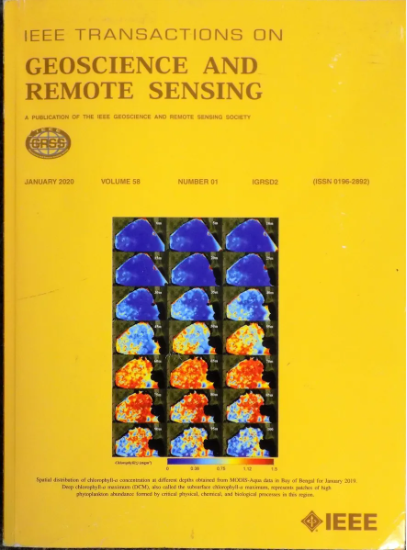CromSS: Cross-Modal Pretraining With Noisy Labels for Remote Sensing Image Segmentation
IF 7.5
1区 地球科学
Q1 ENGINEERING, ELECTRICAL & ELECTRONIC
IEEE Transactions on Geoscience and Remote Sensing
Pub Date : 2025-03-18
DOI:10.1109/TGRS.2025.3552642
引用次数: 0
Abstract
We explore the potential of large-scale noisily labeled data to enhance feature learning by pretraining semantic segmentation models within a multimodal framework for geospatial applications. We propose a novel cross-modal sample selection (CromSS) method, a weakly supervised pretraining strategy designed to improve feature representations through cross-modal consistency and noise mitigation techniques. Unlike conventional pretraining approaches, CromSS exploits massive amounts of noisy and easy-to-come-by labels for improved feature learning beneficial to semantic segmentation tasks. We investigate middle and late fusion strategies to optimize the multimodal pretraining architecture design. We also introduce a cross-modal sample selection module to mitigate the adverse effects of label noise, which employs a cross-modal entangling strategy to refine the estimated confidence masks within each modality to guide the sampling process. Additionally, we introduce a spatial–temporal label smoothing technique to counteract overconfidence for enhanced robustness against noisy labels. To validate our approach, we assembled the multimodal dataset, NoLDO-S12, which consists of a large-scale noisy label subset from Google’s Dynamic World (DW) dataset for pretraining and two downstream subsets with high-quality labels from Google DW and OpenStreetMap (OSM) for transfer learning. Experimental results on two downstream tasks and the publicly available DFC2020 dataset demonstrate that when effectively utilized, the low-cost noisy labels can significantly enhance feature learning for segmentation tasks. The data, codes, and pretrained weights are freely available at求助全文
约1分钟内获得全文
求助全文
来源期刊

IEEE Transactions on Geoscience and Remote Sensing
工程技术-地球化学与地球物理
CiteScore
11.50
自引率
28.00%
发文量
1912
审稿时长
4.0 months
期刊介绍:
IEEE Transactions on Geoscience and Remote Sensing (TGRS) is a monthly publication that focuses on the theory, concepts, and techniques of science and engineering as applied to sensing the land, oceans, atmosphere, and space; and the processing, interpretation, and dissemination of this information.
 求助内容:
求助内容: 应助结果提醒方式:
应助结果提醒方式:


